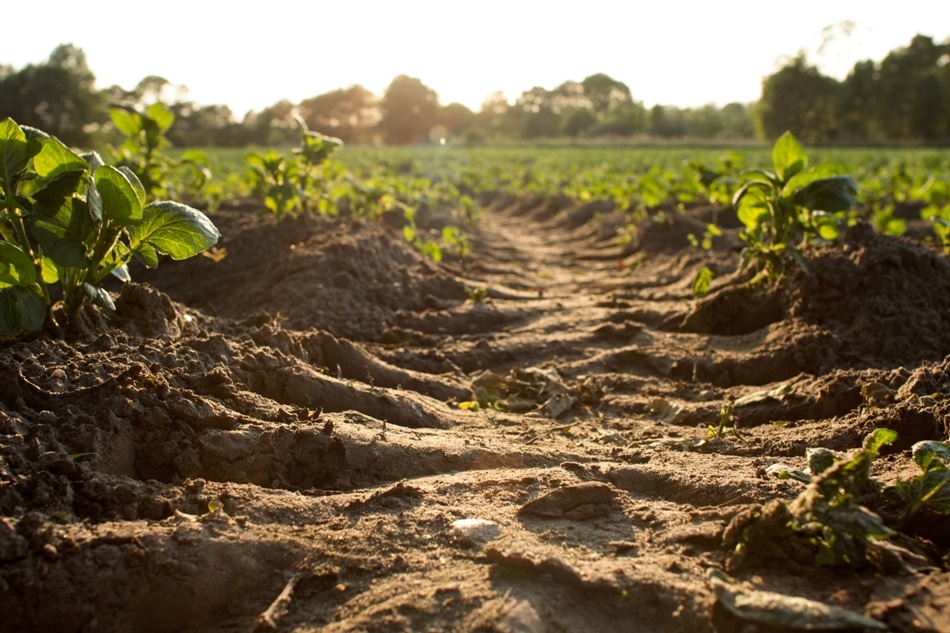Nov 13 2019
Researchers have expressed increasing interest in the potential for soil carbon to alleviate climate change. This concept was brought into the public domain at the 2015 United Nations Climate Change Conference (COP21) in Paris.
 Image Credit: Dylan de Jonge
Image Credit: Dylan de Jonge
In that event, the French government introduced a global initiative, “4per1000,” the objective of which is to reduce greenhouse gas emissions by building soil carbon.
The pioneering initiative has not only boosted visibility, but also caused disagreements among researchers over the quantity of carbon that can be credibly stored in soil.
In an outlook published recently in Nature Sustainability, a team of scientists debates that this disagreement is part of the typical scientific process. However, they propose that the public debate has been impairing the potential for policymakers to execute policies that build soil carbon for other agricultural and environmental benefits.
A lot of scientists began arguing about the feasibility of increasing soil carbon year-on-year at a rate consistent with the 4per1000 goal. There were many good scientists backing this initiative, but many others who were skeptical of the number. For me and a number of others, the arguments missed the point.
Mark Bradford, Professor of Soils and Ecosystem Ecology, Yale School of Forestry and Environmental Studies
Differences in the perspectives of scientists regarding the plausibility and effectiveness of rebuilding SOC to fight climate change have become more common, Bradford elucidated.
Upon reaching the public domain, these arguments seem confrontational, making it hard for policymakers to be clear about whose numbers and knowledge to utilize, impairing strong evidence for how soil carbon influences other agricultural and environmental outcomes.
The benefits of soil carbon go beyond climate mitigation. Rebuilding soil carbon on agricultural lands is important to building sustainable and resilient agricultural systems. We need to make sure that the debate about how to mitigate climate change doesn’t undermine efforts to build soil health for the many other things we care about, like agricultural productivity and water quality.
Stephen Wood, Associate Research Scientist, Yale University
Wood is also a soil scientist at The Nature Conservancy.
The remark was borne from a Science for Nature and People Partnership (SNAPP) working group on Managing Soil Carbon, headed by Wood. SNAPP is a partnership between the National Center for Ecological Analysis and Synthesis at the University of California, Santa Barbara, The Nature Conservancy, and Wildlife Conservation Society.
This team has brought together scientists, conservationists, and policymakers to talk about a particular issue—in this case, the potential advantages of soil carbon.
In the remark, the researchers put forth both the agreements in soil science and the reservations, while also drawing plans for how the matter can move forward. They contend that “action can happen despite unanswered scientific questions,” and that by boosting awareness of the newest scientific soil knowledge, they are assisting policymakers, scientists, and practitioners “navigate ongoing debates about soil carbon and help build a climate-adaptive agriculture.”
“Agricultural soil carbon is foundational to soil health, fertility, and climate resilience. There’s no doubt about that. This comment distills an array of scientific perspectives, and should be taken as strong support for immediate and extensive action to improve soil health.”
Joseph Rudek, Study Co-Author and Lead Senior Scientist, Environmental Defense Fund
“We’re not trying to come out on either side of the mitigation debate,” stated Bradford. “All we’re saying is that on the soil health side, let’s not undermine these international, national, sub-national level initiatives. We’re trying to build out a solution space centered on the protection and restoration of one of our most important natural resources.”